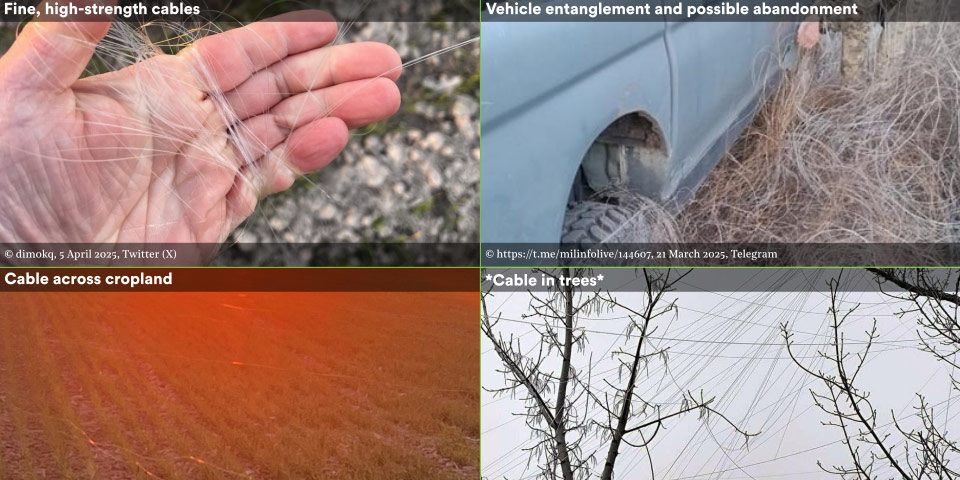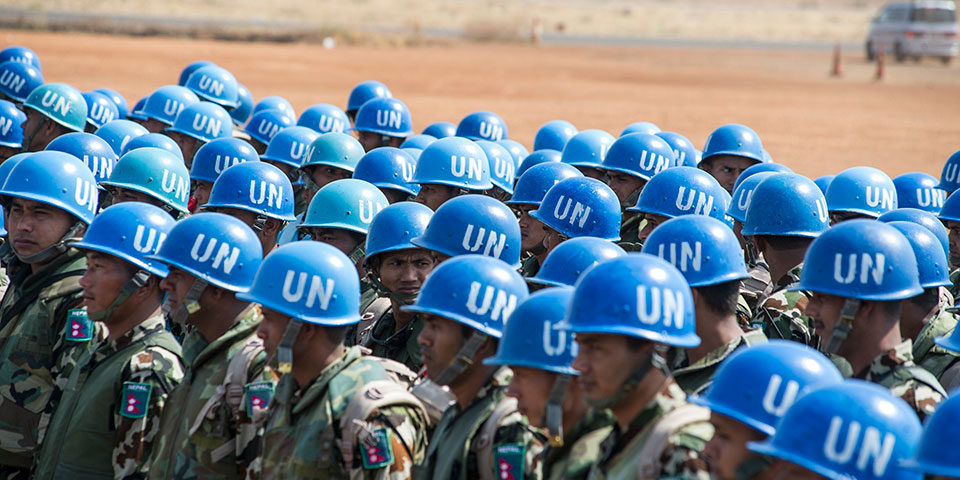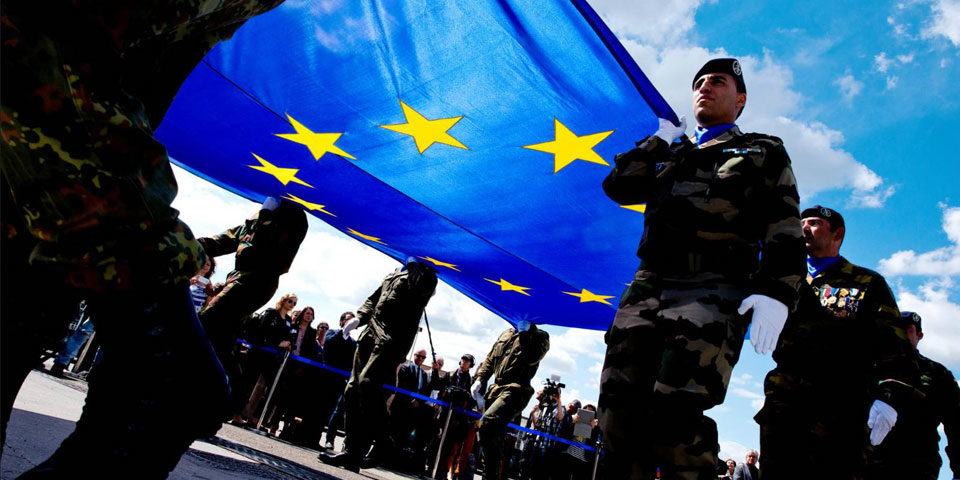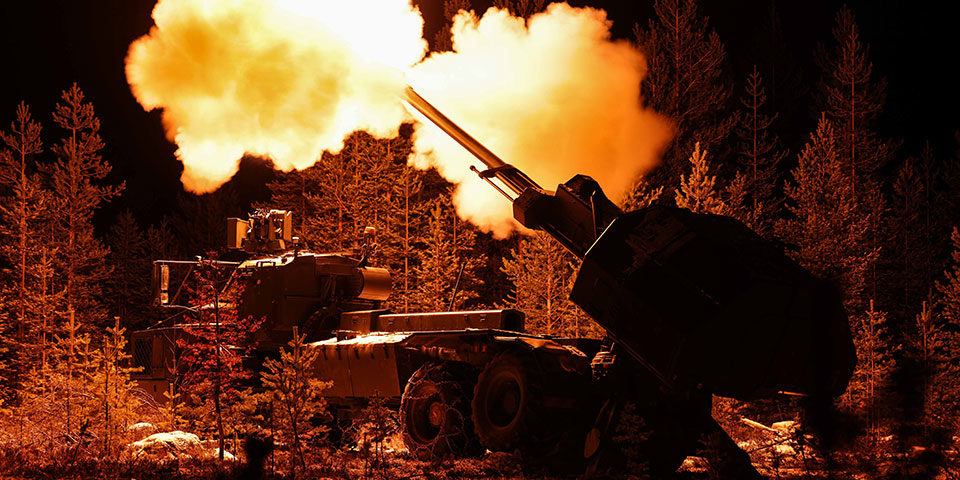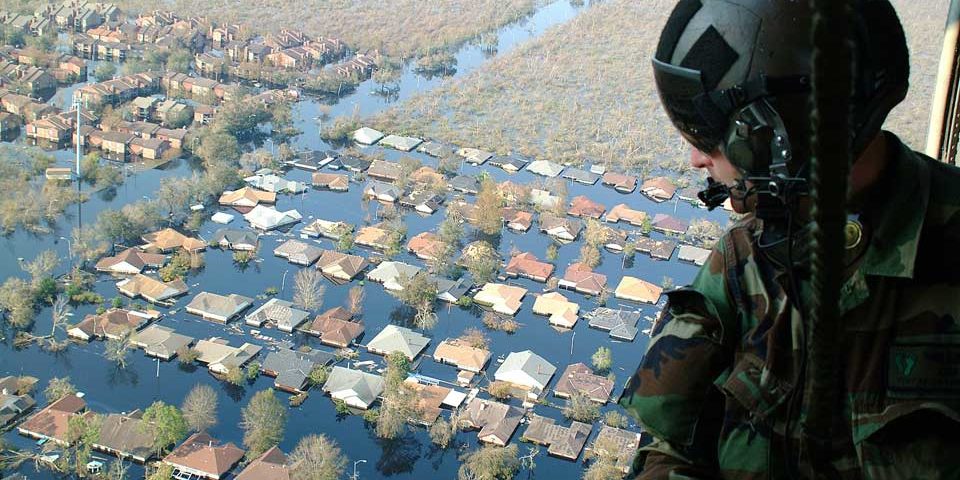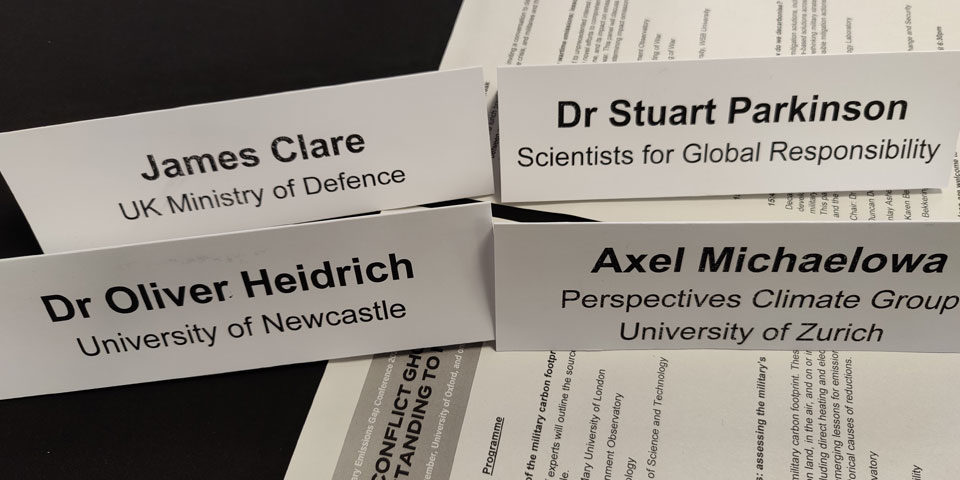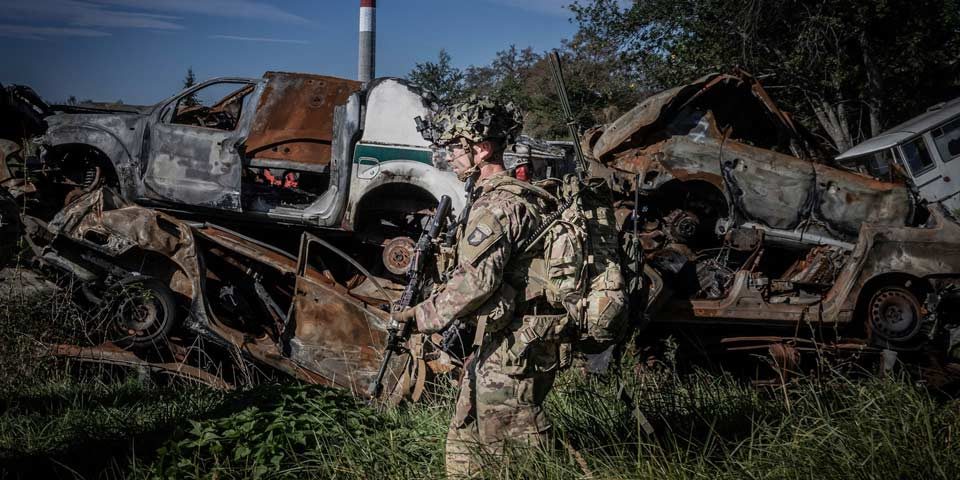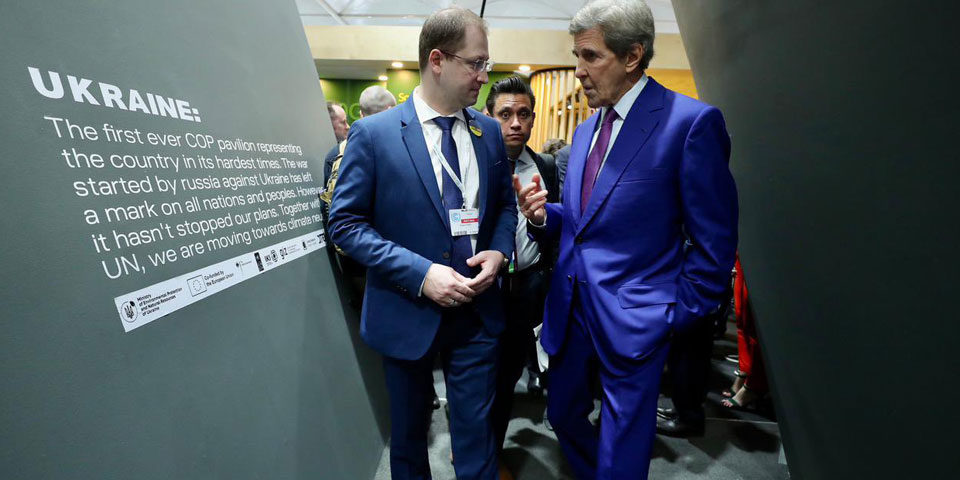Plastic pollution from fibre optic drones may threaten wildlife for years
Russia’s war in Ukraine has encouraged a rapid increase in the deployment of drones that use fibre optic cables to protect them from being jammed or downed by electronic warfare: the drones trail kilometres of plastic cable across frontlines – what are the environmental risks of this tech?

